ARTIFICIAL INTELLIGENCE (A.I)
 BY:- RAMANDEEP KAUR
BY:- RAMANDEEP KAUR

 BY:- RAMANDEEP KAUR
BY:- RAMANDEEP KAUR
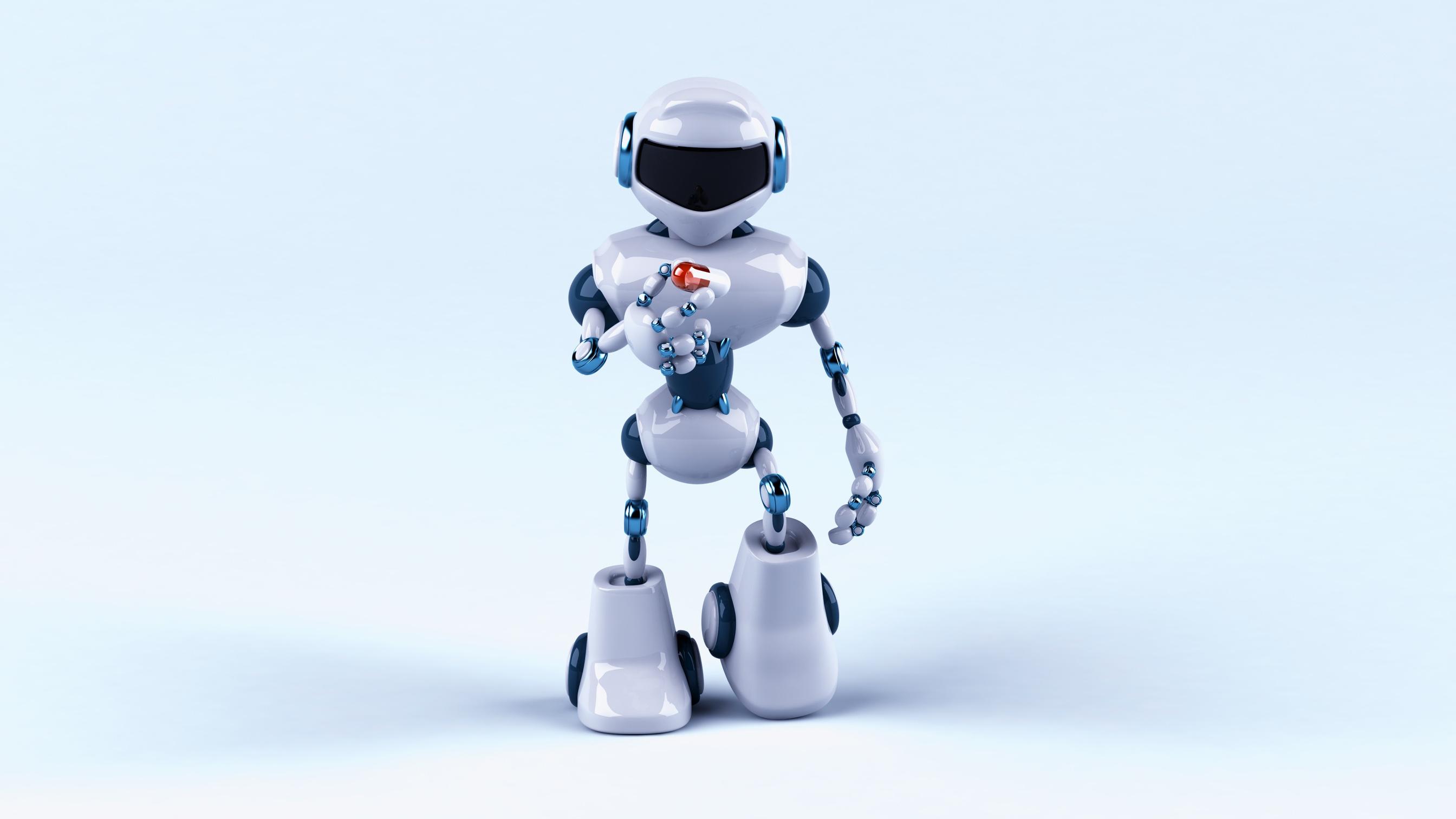
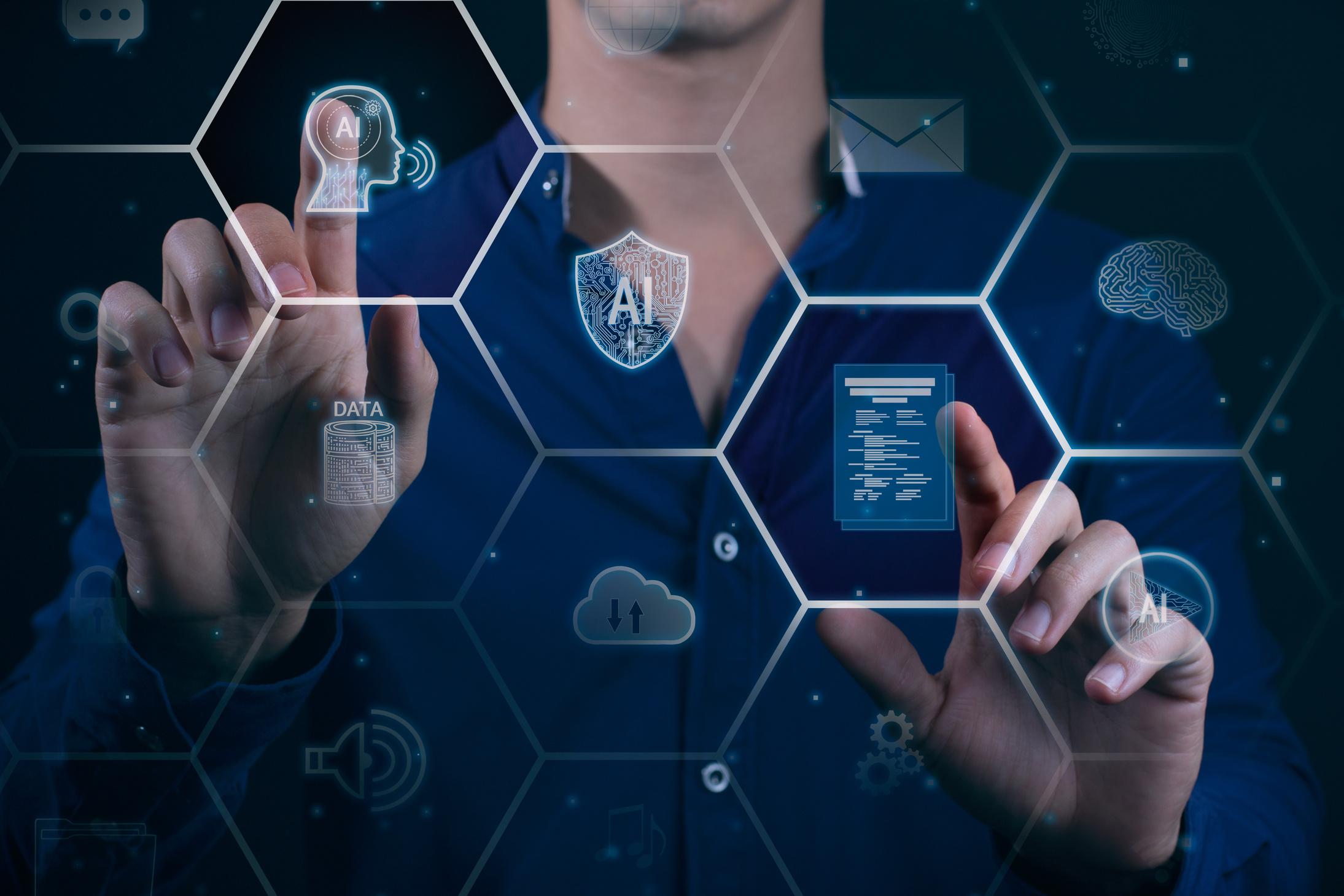
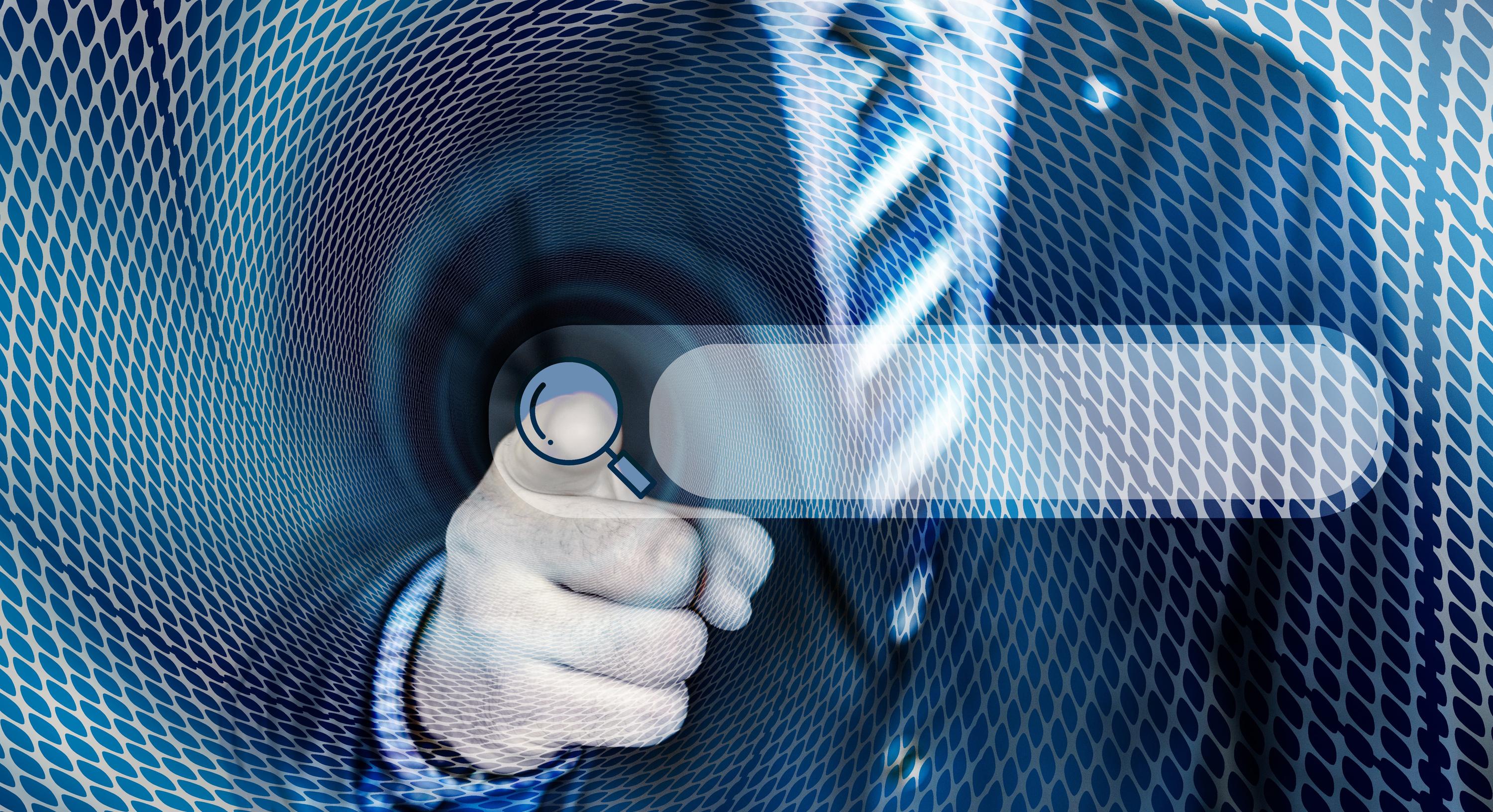
The study of computer system that attempt to model and apply the intelligence of the human mind.
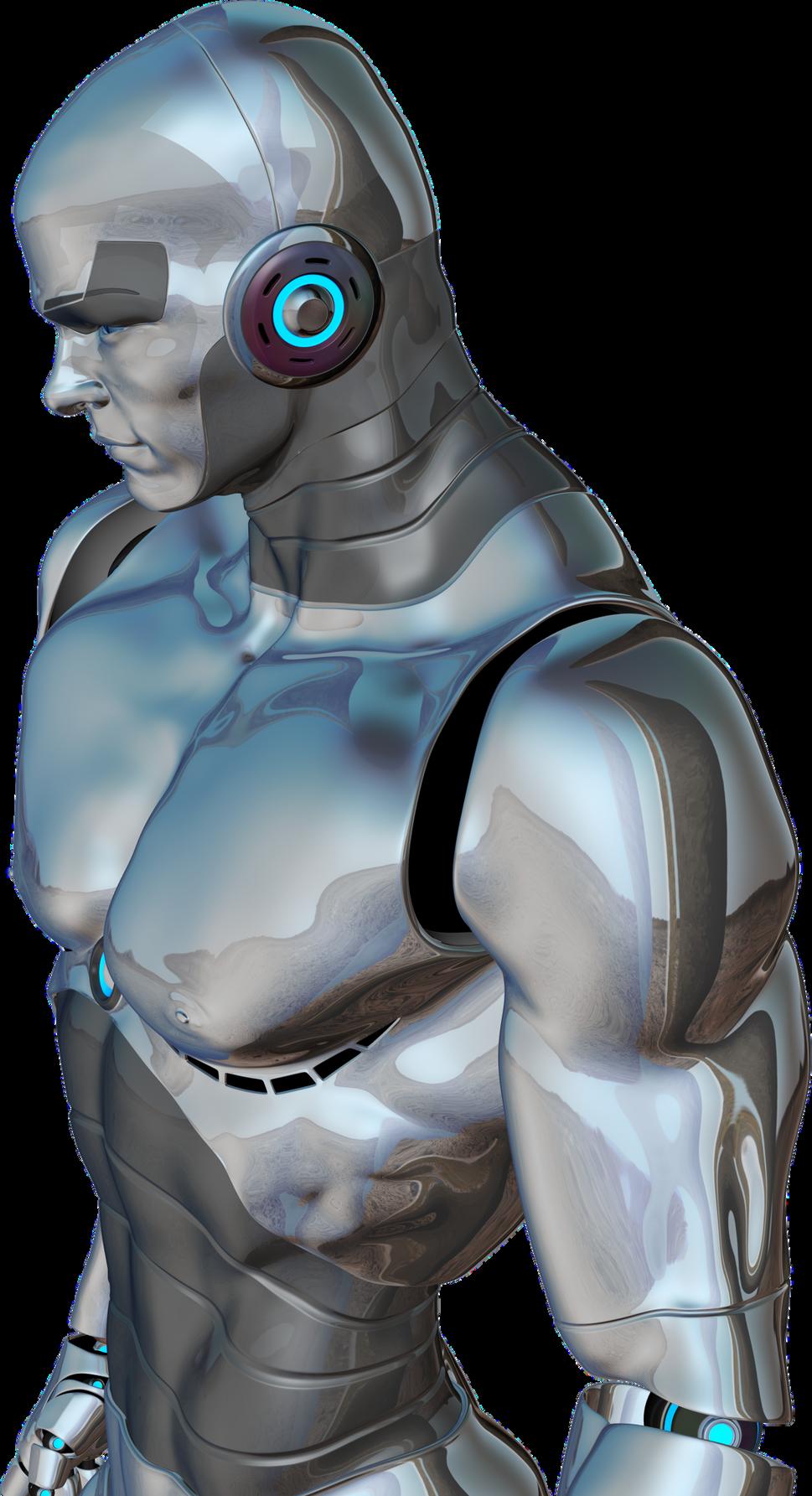
A branch of computer science that dealing with the stimulation of intelligeny behaviour in computers.
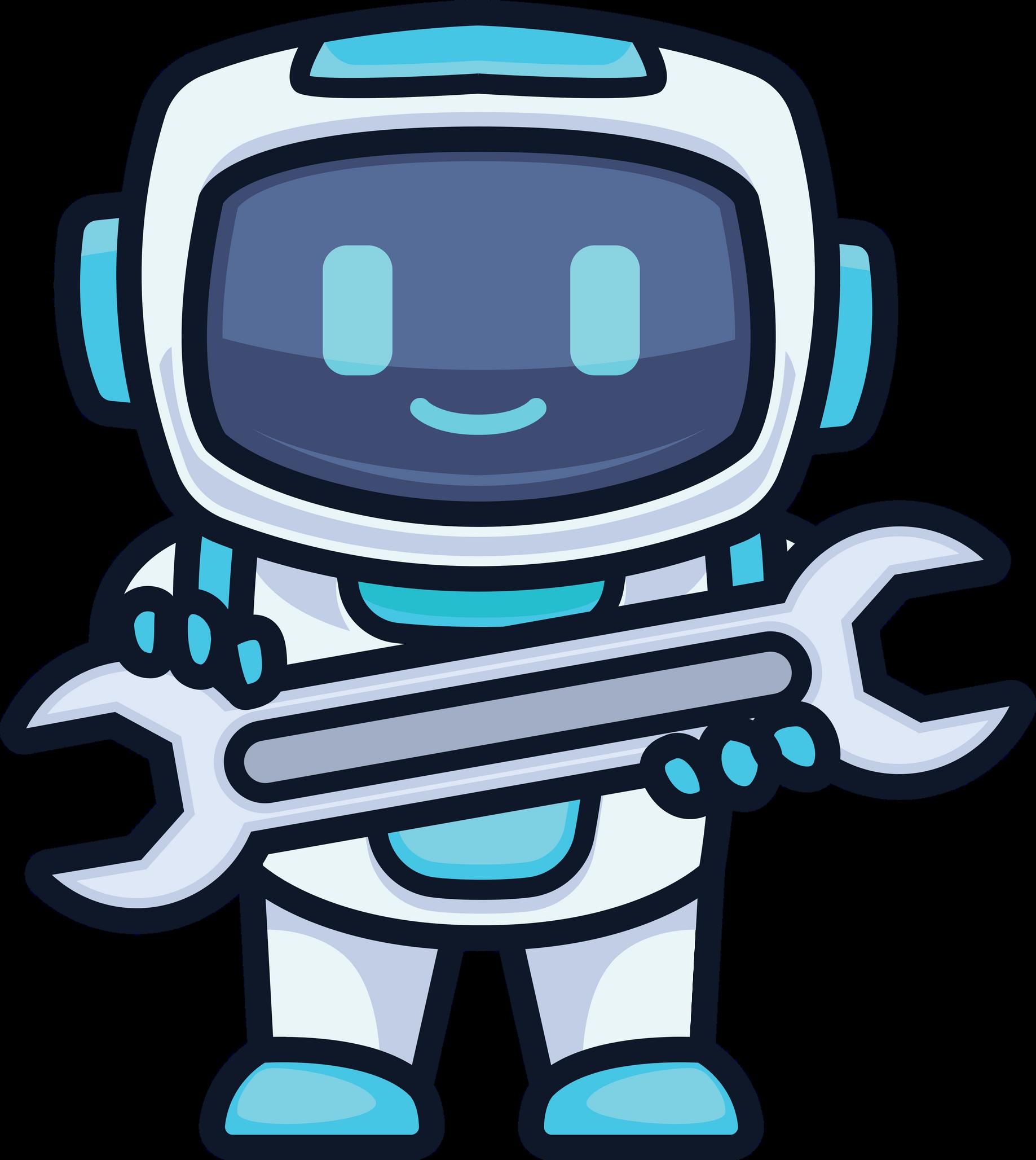
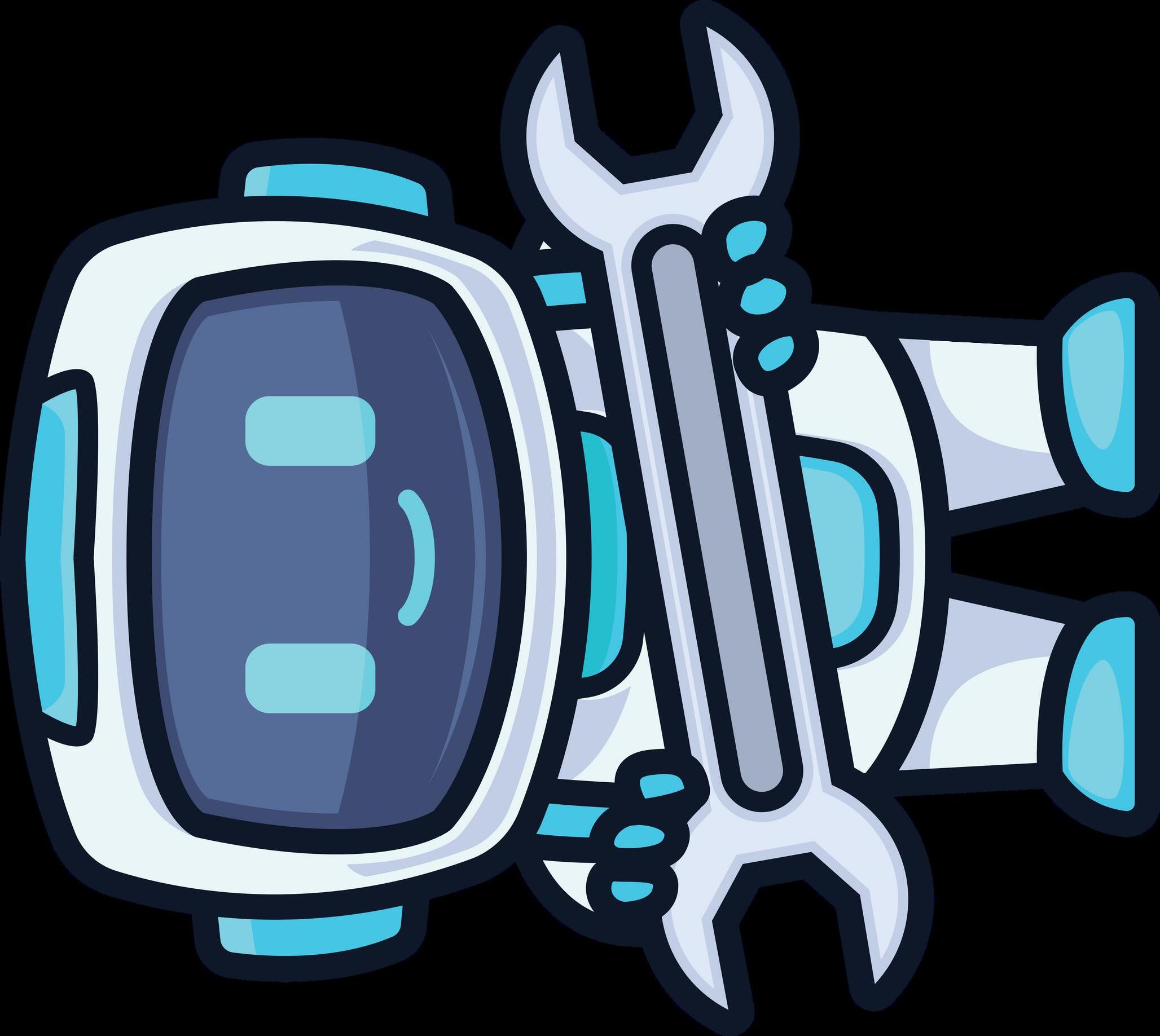
Artificial Intelligence is not a new word and not a new technology for searchers. This technology is much older than you would imagine. Even re are the myths of Mechanical men in Ancient Greek and Egyptian Myths. lowing are some milestones in the history of AI which defines the journey from the AI generation to till date development.
The birth of Artificial Intelligence (1952-1956)
Year 1955: An Allen Newell and Herbert A. Simon created the "first artificial intelligence program"Which was named as "Logic Theorist" . This program had proved 38 of 52 Mathematics theorems, and find new and more elegant proofs for some theorems.
Year 1956: The word "Artificial Intelligence" first adopted by American Computer scientist John McCarthy at the Dartmouth Conference. For the first time, AI coined as an academic field.
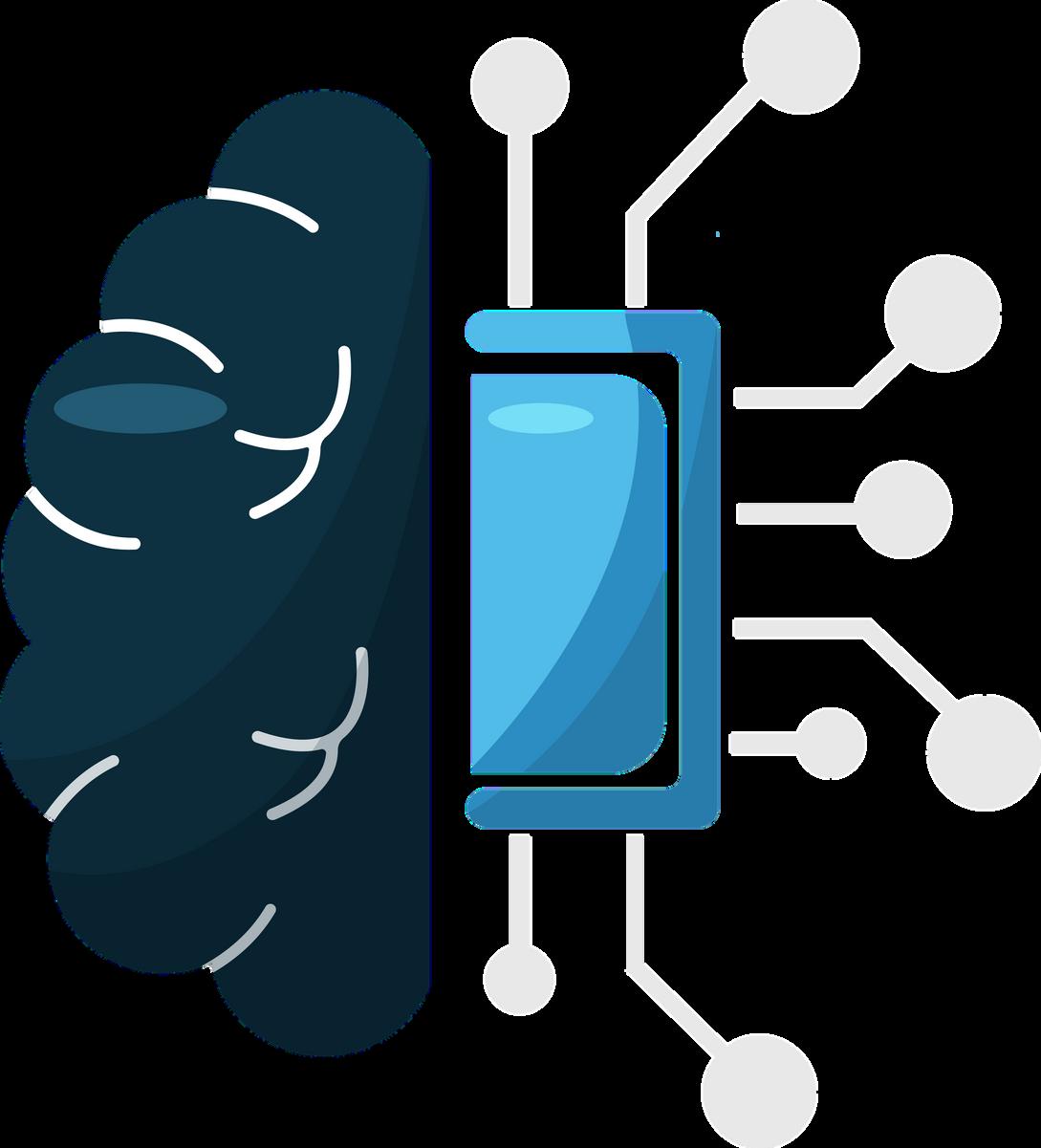

Automated customer support for online stores
Personalized shopping experience including recommendations
Forecasts and predictions for financial services
AI curation and recommendations
Face detection and security system
Antivirus threat detection
More effective warehouse management systems
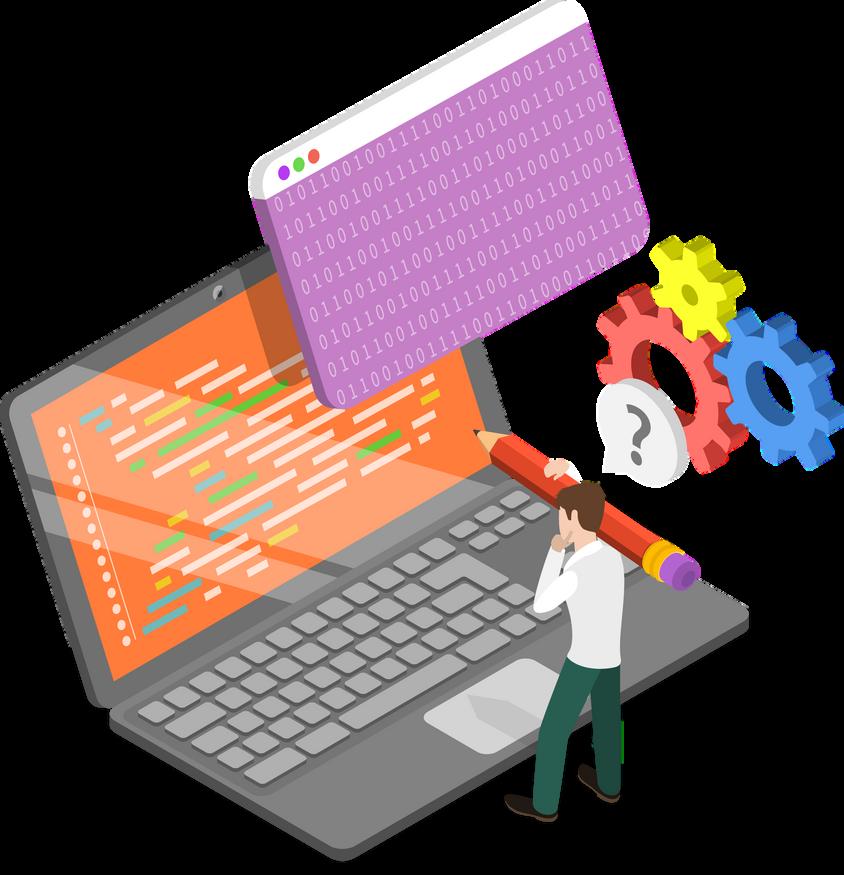

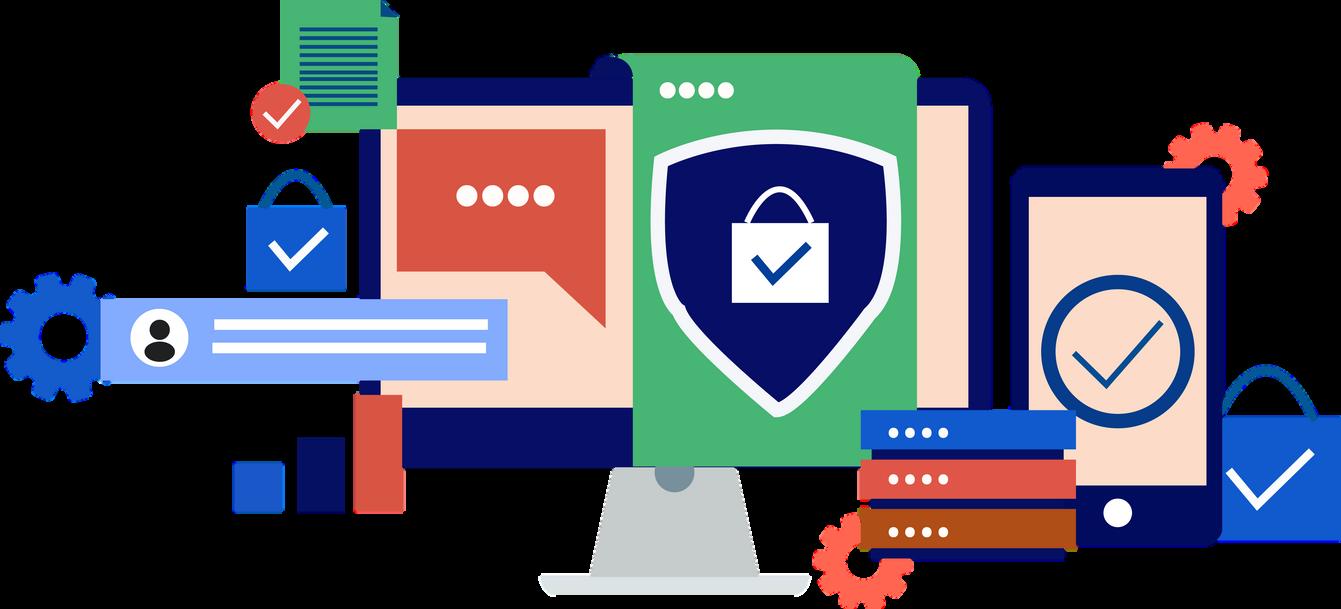
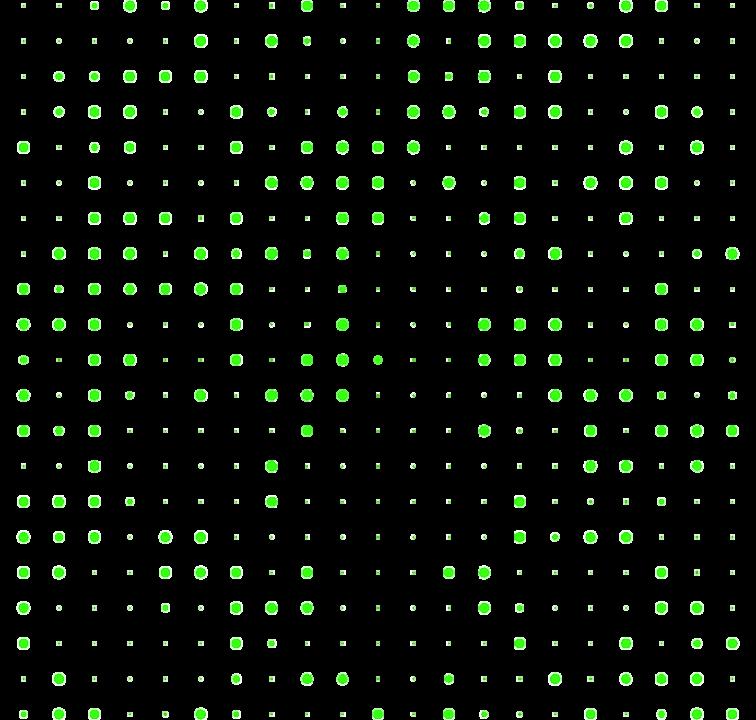


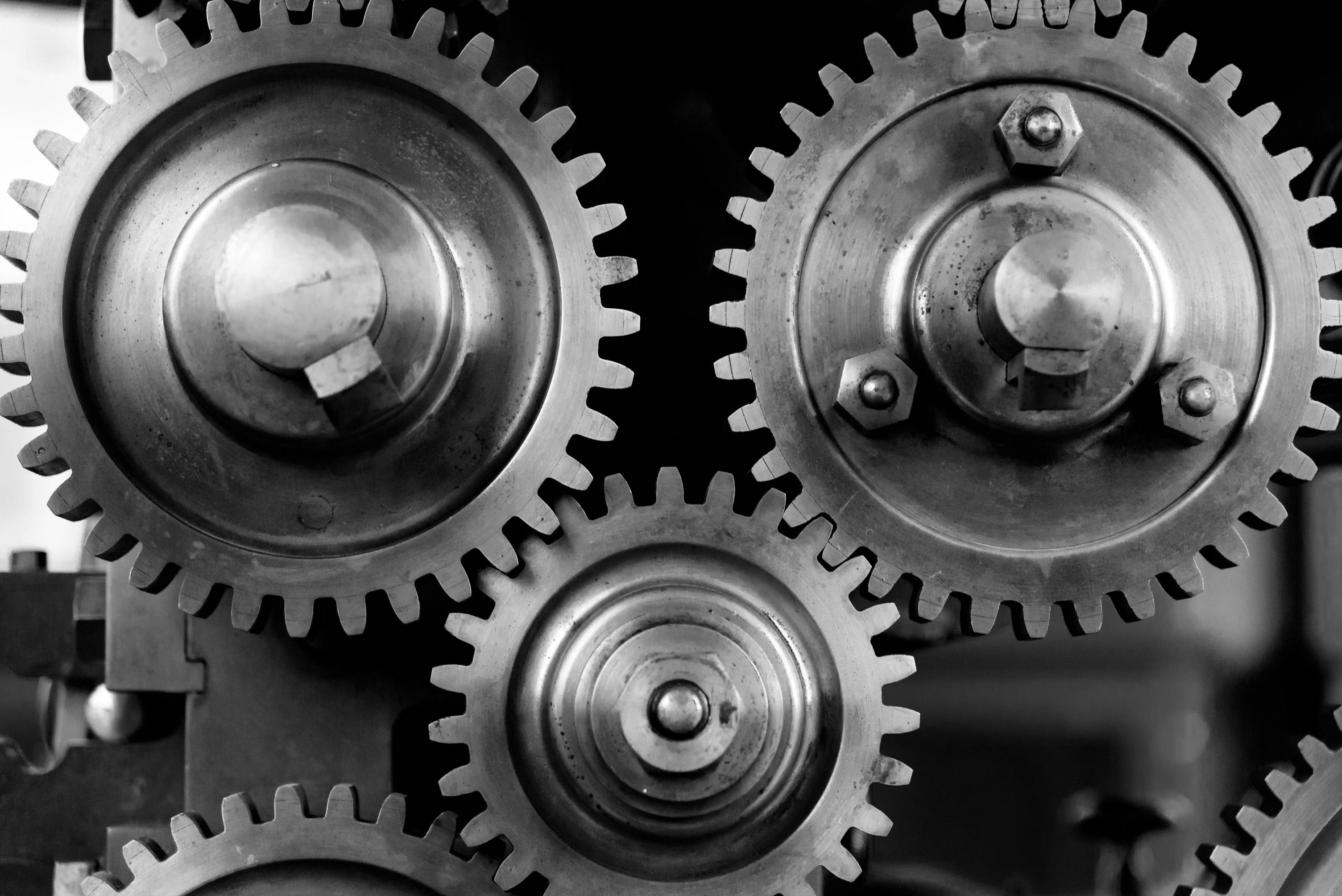
Speed of life. The most obvious change that many people will feel across society is an increase in the tempo of engagements with large institutions. Any organization that engages regularly with large numbers of users -businesses, government units, nonprofits -- will be compelled to implement AI in the decisionmaking processes and in their public- and consumer-facing activities. AI will allow these organizations to make most of the decisions much more quickly. As a result, we will all feel life speeding up.
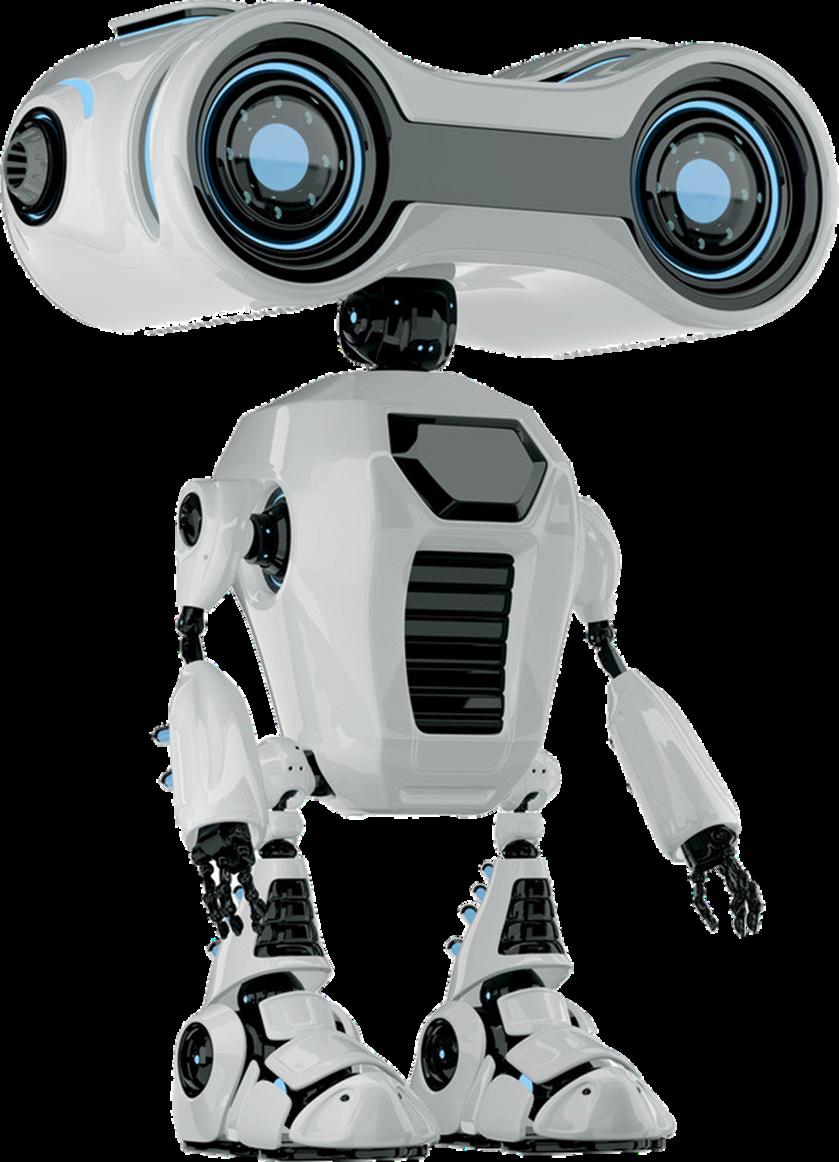

End of privacy. Society will also see its ethical commitments tested by powerful AI systems, especially privacy. AI systems will likely become much more knowledgeable about each of us than we are about ourselves.
Thicket of AI law. We can also expect the regulatory environment to become much trickier for organizations using AI.
Human-AI teaming. Much of society will expect businesses and government to use AI as an augmentation of human intelligence and expertise, or as a partner, to one or more humans working toward a goal, as opposed to using it to displace human workers.

Eliminates human error and risk

Costly implementation
24/7 availability
Lack of emotion and creativity
Unbiased decision making
Degradation
Repetitive jobs
Cost reduction
No improvement with experience
Reduced jobs for humans
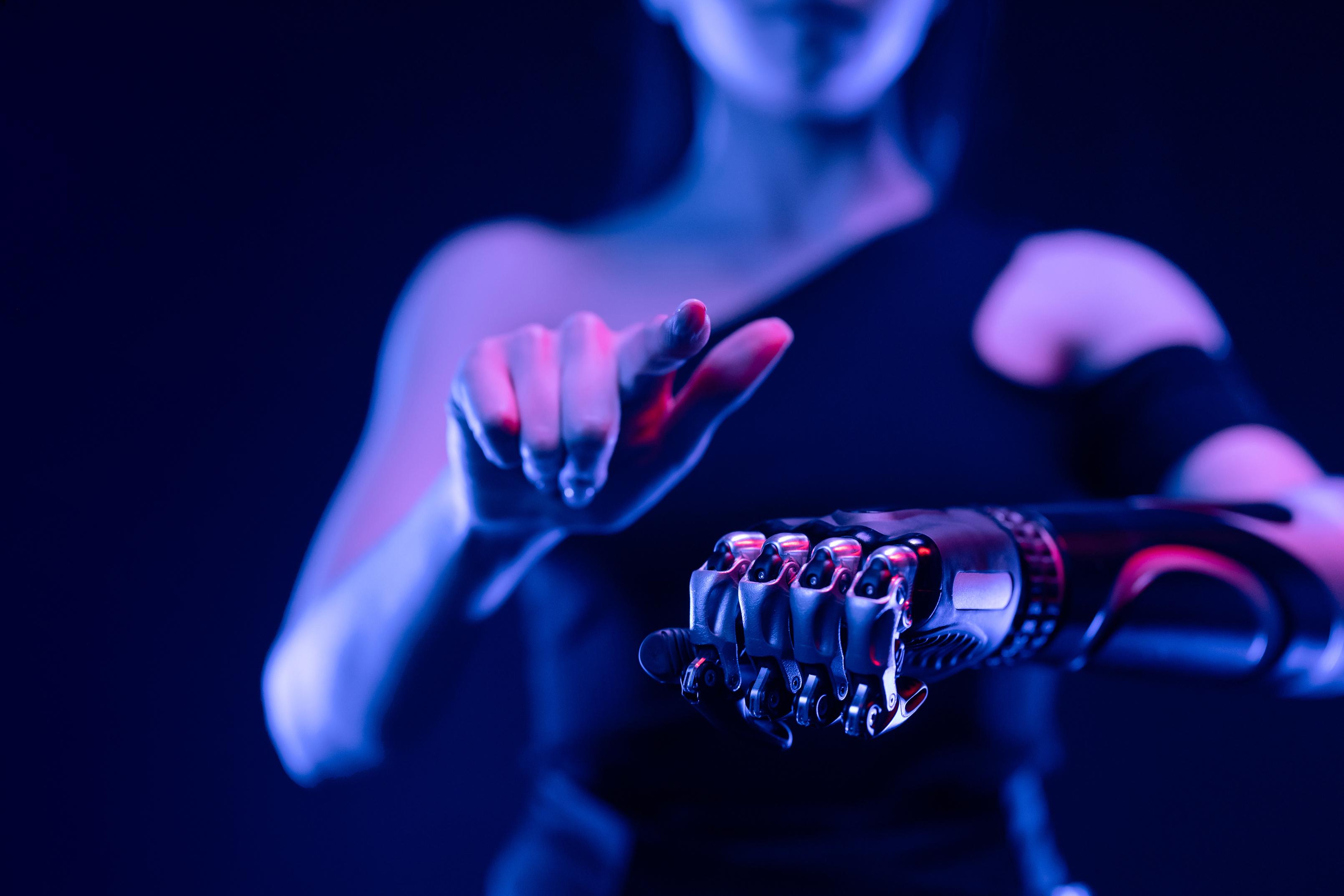
Artificial intelligence has the potential to transform all organizations. The process by which this transformation happens can vary, but the steps will tend to follow the roadmap we have listed in this book. Following all the steps outlined in the previous chapters will enable your organization to implement and excel in the use of AI technology. AI holds the key to unlocking a magnificent future where, driven by data and computers that understand our world, we will all make more informed decisions. These computers of the future will understand not just how to turn on the switches but why the switches need to be turned on. Even further, they may one day ask us if we need switches at all.

